Antocianinas, más allá del Color y el pH: Una Revisión Bibliométrica
Resumen
Esta bibliometría tiene como objetivo realizar un estudio exhaustivo del contexto de investigación sobre las antocianinas que forman parte de las flores, analizando su química, las fuentes, avances en la investigación en diferentes áreas del conocimiento. A partir de una base de datos de 372 artículos procesados tanto por Bibliometrix R packge y la herramienta VOSviewer, lo cual facilitó la identificación entre otros parámetros como: autores, países, organizaciones y publicaciones implicadas en dicho estudio y las aplicaciones de las antocianinas. Este análisis bibliométrico ofrece una perspectiva integral sobre los hallazgos relacionados con las antocianinas, abarcando sus aspectos genéticos en los sectores industrial, farmacéutico, ambiental y alimentario
Descargas
Citas
Aria, M., y Cuccurullo, C. (2017). “bibliometrix : An R-tool for comprehensive science mapping analysis. Journal of Informetrics, 11(4), 959–975. https://doi.org/10.1016/j.joi.2017.08.007
Alappat, B., & Alappat, J. (2020). “Anthocyanin Pigments: Beyond Aesthetics. Molecules”, 25(23), 5500. https://doi.org/10.3390/molecules25235500.
Anand, J., Chaudhary, S., & Rai, N. (2018). “ANALYSIS OF ANTIOXIDANT ACTIVITY, TOTAL PHENOLIC CONTENT AND TOTAL FLAVONOID CONTENT OF LANTANA CAMARA LEAVES AND FLOWERS”. Asian Journal of Pharmaceutical and Clinical Research, 11(4), 203. https://doi.org/10.22159/ajpcr.2018.v11i4.23900
Araújo Ruiz, J:A, y Arencibia J.R. (2002). Informetria, bibliometría y cienciometría: aspectos yeórico-prácticos. ACIMED, 10(4), http://scielo.sld.cu/scielo.php?script=sci_arttext&pid=S1024-94352002000400004&1ng=es&t1ng=pt
Belwal, T., Ezzat, S. M., Rastrelli, L., Bhatt, I. D., Daglia, M., Baldi, A., Devkota, H. P., Orhan, I. E., Patra, J. K., Das, G., Anandharamakrishnan, C., Gomez-Gomez, L., Nabavi, S. F., Nabavi, S. M., & Atanasov, A. G. (2018). “A critical analysis of extraction techniques used for botanicals: Trends, priorities, industrial uses and optimization strategies. TrAC Trends in Analytical Chemistry”, 100, 82–102. https://doi.org/10.1016/j.trac.2017.12.018
Bibicu, M. (2017). “THE INFLUENCE OF UV-C RADIATION ON ANTHOCYANINS RECOVERY FROM HIBISCUS SABDARIFFA FLOWER AND RIBES NIGRUM FRUIT EXTRACTS”. 17th International Multidisciplinary Scientific GeoConference SGEM2017, Nano, Bio and Green � Technologies for a Sustainable Future. https://doi.org/10.5593/sgem2017h/63/s25.049
Blando, F., Calabriso, N., Berland, H., Maiorano, G., Gerardi, C., Carluccio, M., & Andersen, Ø. (2018). “Radical Scavenging and Anti-Inflammatory Activities of Representative Anthocyanin Groupings from Pigment-Rich Fruits and Vegetables. International Journal of Molecular Sciences”, 19(1), 169. https://doi.org/10.3390/ijms19010169
Celli, G. B., Tan, C., & Selig, M. J. (2019). “Anthocyanidins and Anthocyanins. Encyclopedia of Food Chemistry”, 218–223. https://doi.org/10.1016/b978-0-08-100596-5.21780-0
Contardi, M., Ayyoub, A. M. M., Summa, M., Kossyvaki, D., Fadda, M., Liessi, N., Armirotti, A., Fragouli, D., Bertorelli, R., & Athanassiou, A. (2022). “Self-Adhesive and Antioxidant Poly(vinylpyrrolidone)/Alginate-Based Bilayer Films Loaded with Malva sylvestris Extracts as Potential Skin Dressings. ACS Applied Bio Materials”, 5(6), 2880–2893. https://doi.org/10.1021/acsabm.2c00254.
Dai, Y., Rozema, E., Verpoorte, R., & Choi, Y. H. (2016). “Application of natural deep eutectic solvents to the extraction of anthocyanins from Catharanthus roseus with high extractability and stability replacing conventional organic solvents. Journal of Chromatography A”, 1434, 50–56. https://doi.org/10.1016/j.chroma.2016.01.037
Durieux, V., & Gevenois, P. A. (2010). “Bibliometric indicators: quality measurements of scientific publication. Radiology”, 255(2), 342–351. https://doi.org/10.1148/radiol.09090626
Escher, G. B., Santos, J. S., Rosso, N. D., Marques, M. B., Azevedo, L., do Carmo, M. A. V., Daguer, H., Molognoni, L., Prado-Silva, L. do, Sant’Ana, A. S., da Silva, M. C., & Granato, D. (2018). “Chemical study, antioxidant, anti-hypertensive, and cytotoxic/cytoprotective activities of Centaurea cyanus L. petals aqueous extract. Food and Chemical Toxicology”, 118, 439–453. https://doi.org/10.1016/j.fct.2018.05.046
Gigliobianco, M. R., Cortese, M., Nannini, S., Di Nicolantonio, L., Peregrina, D. V., Lupidi, G., Vitali, L. A., Bocchietto, E., Di Martino, P., & Censi, R. (2022). “Chemical, Antioxidant, and Antimicrobial Properties of the Peel and Male Flower By-Products of Four Varieties of Punica granatum L. Cultivated in the Marche Region for Their Use in Cosmetic Products. Antioxidants”, 11(4), 768. https://doi.org/10.3390/antiox11040768
Gonçalves, F., Gonçalves, J. C., Ferrão, A. C., Correia, P., & Guiné, R. P. F. (2020). “Evaluation of phenolic compounds and antioxidant activity in some edible flowers. Open Agriculture”, 5(1), 857–870. https://doi.org/10.1515/opag-2020-0087
Hidalgo, G.-I., & Almajano, M. (2017). “Red Fruits: Extraction of Antioxidants, Phenolic Content, and Radical Scavenging Determination: A Review. Antioxidants”, 6(1), 7. https://doi.org/10.3390/antiox6010007.
Hao, S., Wu, J., Huang, Y., & Lin, J. (2006). “Natural dyes as photosensitizers for dye-sensitized solar cell. Solar Energy”, 80(2), 209–214. https://doi.org/10.1016/j.solener.2005.05.009.
Jaafar, N. F., Ramli, M. E., & Mohd Salleh, R. (2020). “Extraction Condition of Clitorea ternatea Flower on Antioxidant Activities, Total Phenolic, Total Flavonoid and Total Anthocyanin Contents. Tropical Life Sciences Research”, 31(2), 1–17. https://doi.org/10.21315/tlsr2020.31.2.1
Joshi, K., Pant, N. C., Kumar, V. A., & Kumar, A. (2016). “Antioxidant and antimicrobial activities in flowers ofGentiana kurrooRoyle, a critically endangered plant from Garhwal region of Uttarakhand, India. Medicinal Plants - International Journal of Phytomedicines and Related Industries”, 8(2), 146. https://doi.org/10.5958/0975-6892.2016.00018.6
Juhnevica-Radenkova, K., Krasnova, I., Seglina, D., Muizniece-Brasava, S., Valdovska, A., & Radenkovs, V. (2024). “Scrutinizing the Antimicrobial and Antioxidant Potency of European Cranberry Bush (Viburnum opulus L.) Extracts. Horticulturae”, 10(4), 367. https://doi.org/10.3390/horticulturae10040367.
Keykha F., Bagheri A., Moshtaghi N., Bahrami A.R.& Sharifi A. (2016). “RNAi-induced silencing in floral tissues of Petunia hybrida by agroinfiltration: A rapid assay for chalcone isomerase gene function analysis “, Cellular and Molecular Biology, 62(9). https://doi.org/10.14715/cmb/2016.62.10.4
Kumara, N. T. R. N., Lim, A., Lim, C. M., Petra, M. I., & Ekanayake, P. (2017). “Recent progress and utilization of natural pigments in dye sensitized solar cells: A review. Renewable and Sustainable Energy Reviews”, 78, 301–317. https://doi.org/10.1016/j.rser.2017.04.075.
Lin, L.-Z., & Harnly, J. M. (2007). “A Screening Method for the Identification of Glycosylated Flavonoids and Other Phenolic Compounds Using a Standard Analytical Approach for All Plant Materials. Journal of Agricultural and Food Chemistry”, 55(4), 1084–1096. https://doi.org/10.1021/jf062431s.
Mahmad, N., Taha, R. M., Othman, R., Abdullah, S., Anuar, N., Elias, H., & Rawi, N. (2018). “Anthocyanin as potential source for antimicrobial activity in Clitoria ternatea L. and Dioscorea alata L. Pigment & Resin Technology”, 47(6), 490–495. https://doi.org/10.1108/prt-11-2016-0109.
Mak, Y. W., Chuah, L. O., Ahmad, R., & Bhat, R. (2013). “Antioxidant and antibacterial activities of hibiscus (Hibiscus rosa-sinensis L.) and Cassia (Senna bicapsularis L.) flower extracts. Journal of King Saud University – Science”, 25(4), 275–282. https://doi.org/10.1016/j.jksus.2012.12.003.
Mohamed, A. S., Abd El Dayem, O. Y., El Shamy, A. M., El Sakhawy, F. S., & El Gedaily, R. A. (2023). “Comparative antisickling and antioxidant activities of Pseudobombax ellipticum cultivars in relation to their metabolite profiling using LC/MS. RSC Advances”, 13(31), 21327–21335. https://doi.org/10.1039/d3ra03312k.
Pereira, A. G., Fraga-Corral, M., Silva, A., Barroso, M. F., Grosso, C., Carpena, M., Garcia-Perez, P., Perez-Gregorio, R., Cassani, L., Simal-Gandara, J., & Prieto, M. A. (2024). “Unraveling the Bioactive Potential of Camellia japonica Edible Flowers: Profiling Antioxidant Substances and In Vitro Bioactivity Assessment. Pharmaceuticals”, 17(7), 946. https://doi.org/10.3390/ph17070946.
Ramakrishnan B., Akshaya S.B., Akshitha R., Dhilip Kumar G & Poorani G.(2018). “Evaluation of antioxidant and phytochemical activity in solvent extracts from Delonix regia flowers”
Richhariya, G., Kumar, A., Tekasakul, P., & Gupta, B. (2017). “Natural dyes for dye sensitized solar cell: A review. Renewable and Sustainable Energy Reviews”, 69, 705–718. https://doi.org/10.1016/j.rser.2016.11.198.
Rieger, G., Müller, M., Guttenberger, H., & Bucar, F. (2008). “Influence of Altitudinal Variation on the Content of Phenolic Compounds in Wild Populations of Calluna vulgaris, Sambucus nigra, and Vaccinium myrtillus. Journal of Agricultural and Food Chemistry”, 56(19), 9080–9086. https://doi.org/10.1021/jf801104e.
Seymenska, D., Teneva, D., Nikolova, I., Benbassat, N., & Denev, P. (2024). “In Vivo Anti-Inflammatory and Antinociceptive Activities of Black Elder (Sambucus nigra L.) Fruit and Flower Extracts. Pharmaceuticals”, 17(4), 409. https://doi.org/10.3390/ph17040409.
Shahrajabian, M. H., Marmitt, D. J., Cheng, Q., & Sun, W. (2023). “Natural Antioxidants of the Underutilized and Neglected Plant Species of Asia and South America. Letters in Drug Design & Discovery”, 20(10), 1512–1537. https://doi.org/10.2174/1570180819666220616145558.
Sianturi, G. L. R., Trisnawati, E. W., Koketsu, M., & Suryanti, V. (2023). “Chemical constituents and antioxidant activity of Britton’s wild petunia (Ruellia brittoniana) flower. Biodiversitas Journal of Biological Diversity”, 24(7). https://doi.org/10.13057/biodiv/d240703
Silva, S., Costa, E. M., Calhau, C., Morais, R. M., & Pintado, M. E. (2015). “Anthocyanin extraction from plant tissues: A review. Critical Reviews in Food Science and Nutrition”, 57(14), 3072–3083. https://doi.org/10.1080/10408398.2015.1087963
Tuberoso, C. I. G., Rosa, A., Montoro, P., Fenu, M. A., & Pizza, C. (2016). “Antioxidant activity, cytotoxic activity and metabolic profiling of juices obtained from saffron (Crocus sativus L.) floral by-products. Food Chemistry”, 199, 18–27. https://doi.org/10.1016/j.foodchem.2015.11.115
Zarate Bujanda , J. L., Duran Ttito, C. N., Cinthya Kukuli Caceres Rivas, C. K., Cortez Granilla, M. I., & Atapaucar Misme, E. A. (2024). Desarrollo de habilidades blandas y desempeño profesional de los egresados de la Universidad Nacional de San Antonio Abad del Cusco. Estudios Y Perspectivas Revista Científica Y Académica , 4(2), 317–329. Recuperado a partir de https://estudiosyperspectivas.org/index.php/EstudiosyPerspectivas/article/view/224
Flores Fiallos , S. L. (2024). Simulación clínica en la formación de profesionales de la salud: explorando beneficios y desafíos. Revista Científica De Salud Y Desarrollo Humano, 5(2), 116–129. https://doi.org/10.61368/r.s.d.h.v5i2.124
Rodríguez Alvarado, R. A., & Medina Romero, M. Ángel. (2024). Experiencias internacionales de políticas públicas para la transición agroecológica. Emergentes - Revista Científica, 4(1), 88–114. https://doi.org/10.60112/erc.v4i1.96
Chávez, M. (2023). Tirzepatide: A Revolutionary Breakthrough in the Treatment of Type 2 Diabetes Mellitus and Obesity. Revista Veritas De Difusão Científica, 4(1), 96–110. https://doi.org/10.61616/rvdc.v4i1.39
Fernández C., F. (2024). Determinación De Erodabilidad En Áreas De Influencia Cuenca Poopo Región Andina De Bolivia. Horizonte Académico, 4(4), 63–78. Recuperado a partir de https://horizonteacademico.org/index.php/horizonte/article/view/19
Medina Nolasco, E. K., Mendoza Buleje, E. R., Vilca Apaza, G. R., Mamani Fernández, N. N., & Alfaro Campos, K. (2024). Tamizaje de cáncer de cuello uterino en mujeres de una región Andina del Perú. Arandu UTIC, 11(1), 50–63. https://doi.org/10.69639/arandu.v11i1.177
Da Silva Santos , F., & López Vargas , R. (2020). Efecto del Estrés en la Función Inmune en Pacientes con Enfermedades Autoinmunes: una Revisión de Estudios Latinoamericanos. Revista Científica De Salud Y Desarrollo Humano, 1(1), 46–59. https://doi.org/10.61368/r.s.d.h.v1i1.9
Vega Alvarez, E., & Huang Chang, Y. (2024). Blended Learning, and Its Impact on English Speaking Skills in Pronunciation in Group 11-4 of Liceo de Santo Domingo, I Quarter 2024. Ciencia Y Reflexión, 3(2), 159–173. https://doi.org/10.70747/cr.v3i2.18
Chavarría Hidalgo, C. (2024). Calculation of productive capacity: From theory to practice. Ciencia Y Reflexión, 3(2), 194–214. https://doi.org/10.70747/cr.v3i2.20
Agrela Rodrigues, F. de A., Moreira da Silveira, F., Moreira de Lima, M. R., & Pinto Uchôa , K. S. (2024). Identificando a Inteligência em Crianças: Traços Físicos e Comportamentais. Ciencia Y Reflexión, 3(2), 21–51. https://doi.org/10.70747/cr.v3i2.5
Villegas Valle, L., Walle-Vazquez, M. A., & Alvarez-Aros, E. L. (2021). “Uso de las tecnologías de la información en los procesos decisorios: un análisis bibliométrico”. Revista venezolana de gerencia, 26(93), 92–109. https://doi.org/10.52080/rvg93.08
Xie, D.-Y., Sharma, S. B., Paiva, N. L., Ferreira, D., & Dixon, R. A. (2003). “Role of Anthocyanidin Reductase, Encoded by BANYULSin Plant Flavonoid Biosynthesis. Science”, 299(5605), 396–399. https://doi.org/10.1126/science.1078540
Yousuf, B., Gul, K., Wani, A. A., & Singh, P. (2015). “Health Benefits of Anthocyanins and Their Encapsulation for Potential Use in Food Systems: A Review. Critical Reviews in Food Science and Nutrition”, 56(13), 2223–2230. https://doi.org/10.1080/10408398.2013.805316
Zhao, X., & Yuan, Z. (2021). “Anthocyanins from Pomegranate (Punica granatum L.) and Their Role in Antioxidant Capacities in Vitro. Chemistry & Biodiversity”, 18(10). Portico. https://doi.org/10.1002/cbdv.202100399
Derechos de autor 2024 Nidia Esther Gòmez Flores , Elsa Hernandez Cortes, Eduardo Osbaldo Ramirez Vaquero, Sabrina Michell Moreno Sosa, José Guadalupe Vazquez Evangelista

Esta obra está bajo licencia internacional Creative Commons Reconocimiento 4.0.



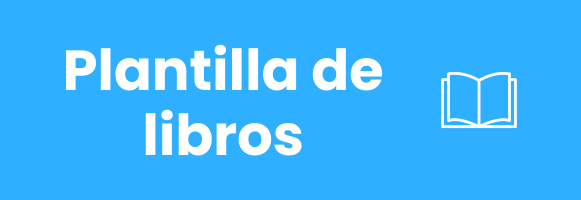

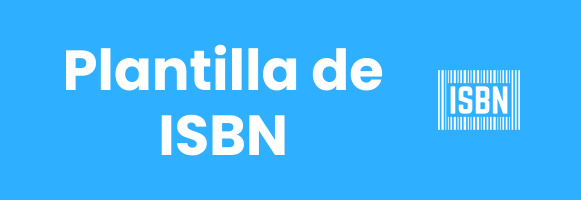





.png)
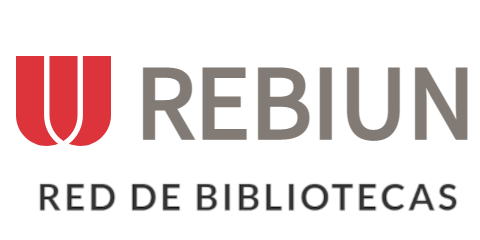







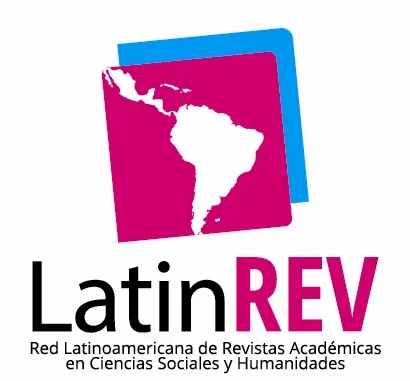

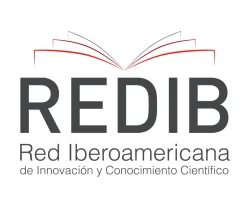


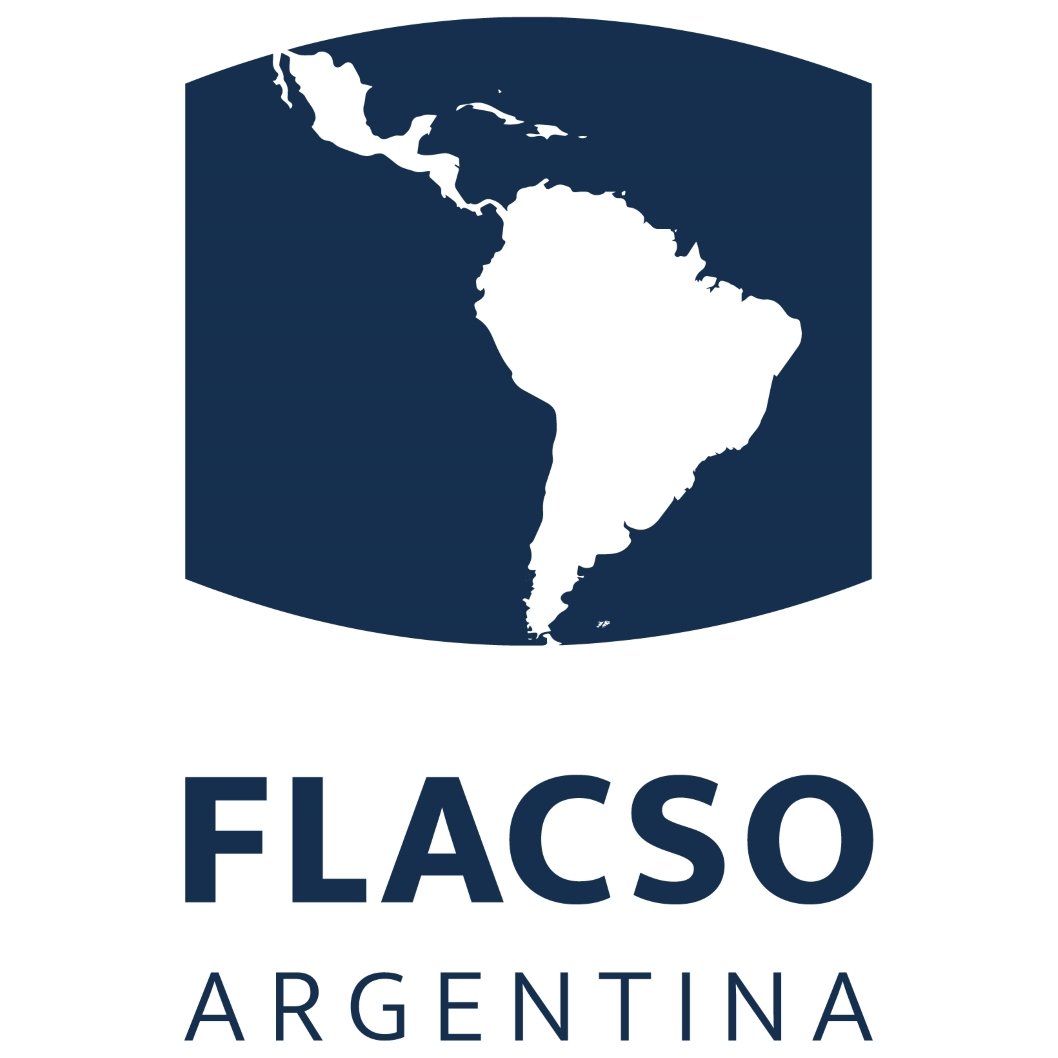
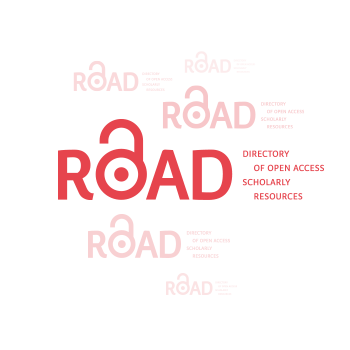
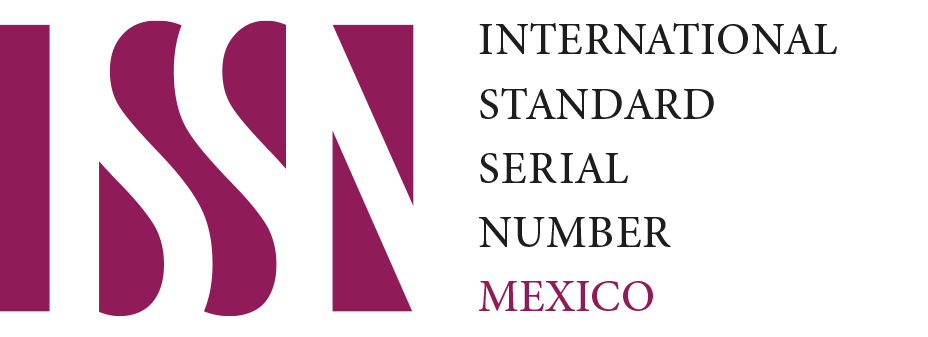
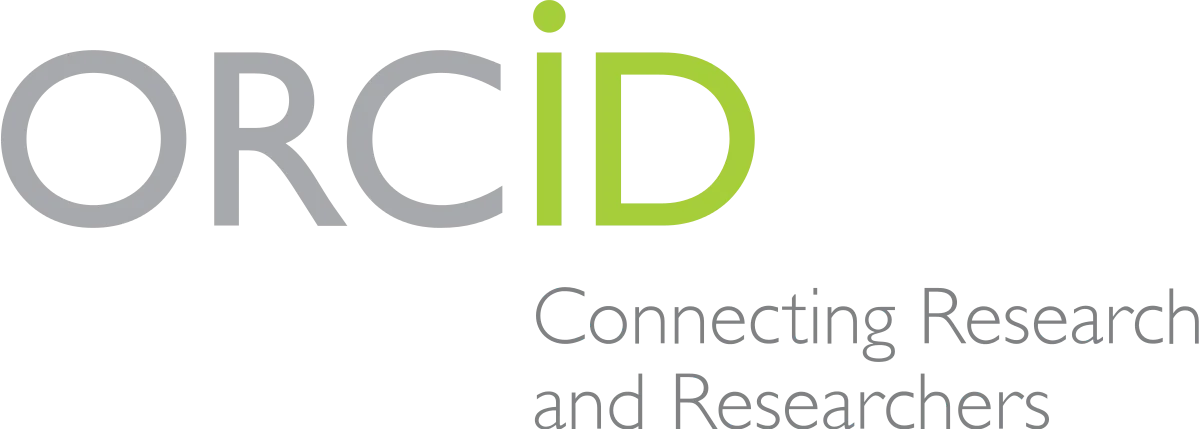



.png)
1.png)


